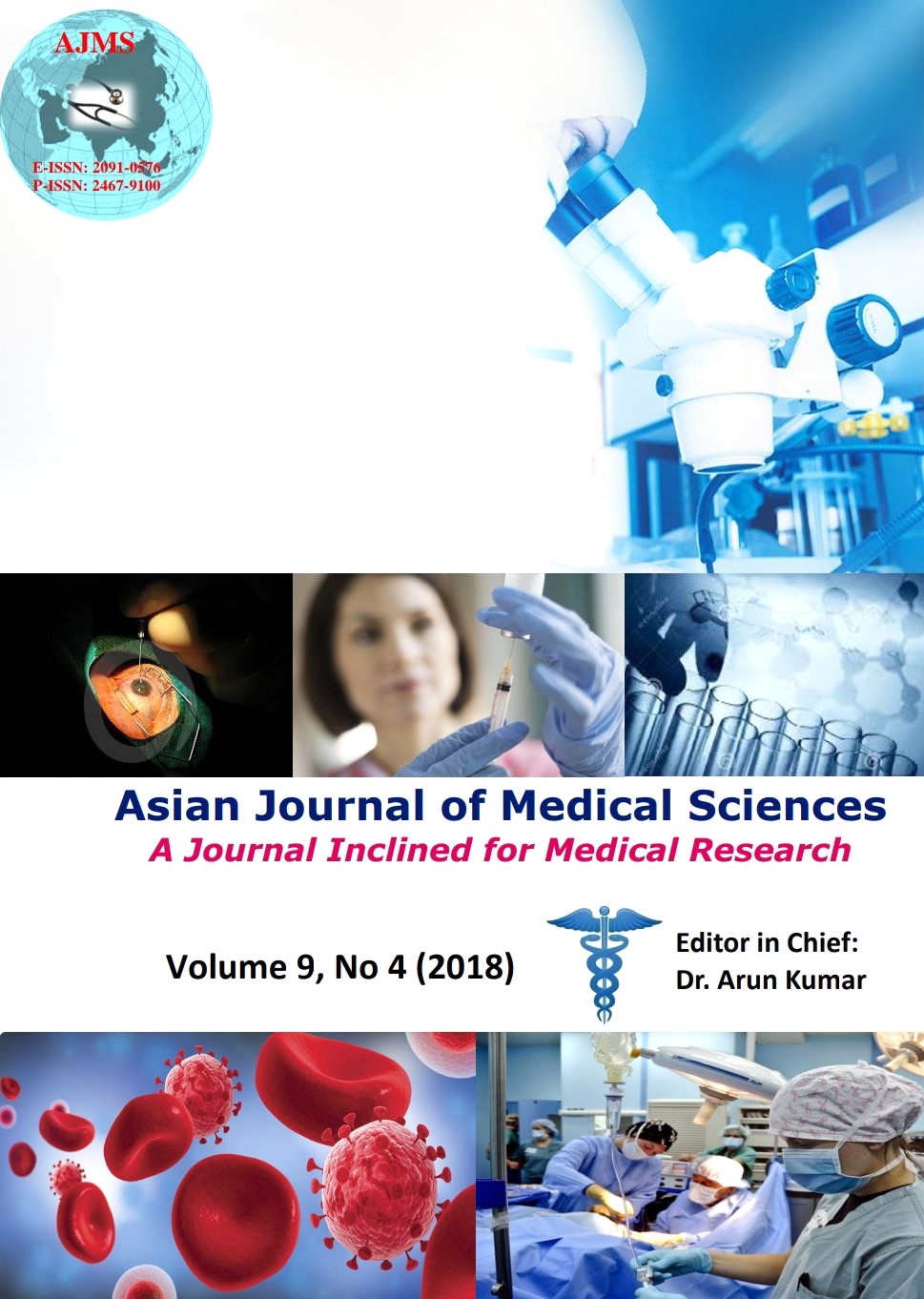Temporoparietal and Infratemporal fossa abscess as a complication of dental extraction – a rare and potentially lethal condition
Keywords:
Infratemporal abscess, Odontogenic infection, Osteomyelitis jaw, Temporoparietal abscessAbstract
Abscesses of the infratemporal fossa are rare in clinical practice. Usually it occurs as a complication of odontogenic infections, dental extraction, sinusitis and trauma. The initial signs & symptoms of this condition may be very non-specific in nature. If treatment is delayed, the abscess may extend superiorly to involve the temporoparietal region and only then it can be appreciated clinically. A middle aged male patient presented to us with the complaint of restricted mouth opening along with extensive swelling of the temporoparietal region. There was past history of tooth extraction. MRI scan confirmed it to be a case of temporoparietal & infratemporal fossa abscess with features of osteomyelitis of the ramus and adjacent body of the mandible on the right side. The patient was started on parenteral antibiotics and subsequently the abscess was drained by combined external and intraoral approach. The patient had an uneventful recovery. A thorough review of the literature has been done in relation to this condition and its management. A delay in diagnosis of this condition can lead to a number of potentially lethal complications. CT scan and MRI scan are the best modalities for confirming the diagnosis in suspected cases. Prompt drainage of the abscesses under antibiotic cover is the cornerstone of management. Isolated abscess of the infratemporal fossa may be drained intraorally or endoscopically by trans-maxillary approach. However if the temporoparietal region is also involved, a combined approach with a separate incision over the temporal region is indicated.
Asian Journal of Medical Sciences Vol.9(4) 2018 57-60
Downloads
Downloads
Published
How to Cite
Issue
Section
License
Authors who publish with this journal agree to the following terms:
- The journal holds copyright and publishes the work under a Creative Commons CC-BY-NC license that permits use, distribution and reprduction in any medium, provided the original work is properly cited and is not used for commercial purposes. The journal should be recognised as the original publisher of this work.
- Authors are able to enter into separate, additional contractual arrangements for the non-exclusive distribution of the journal's published version of the work (e.g., post it to an institutional repository or publish it in a book), with an acknowledgement of its initial publication in this journal.
- Authors are permitted and encouraged to post their work online (e.g., in institutional repositories or on their website) prior to and during the submission process, as it can lead to productive exchanges, as well as earlier and greater citation of published work (See The Effect of Open Access).




